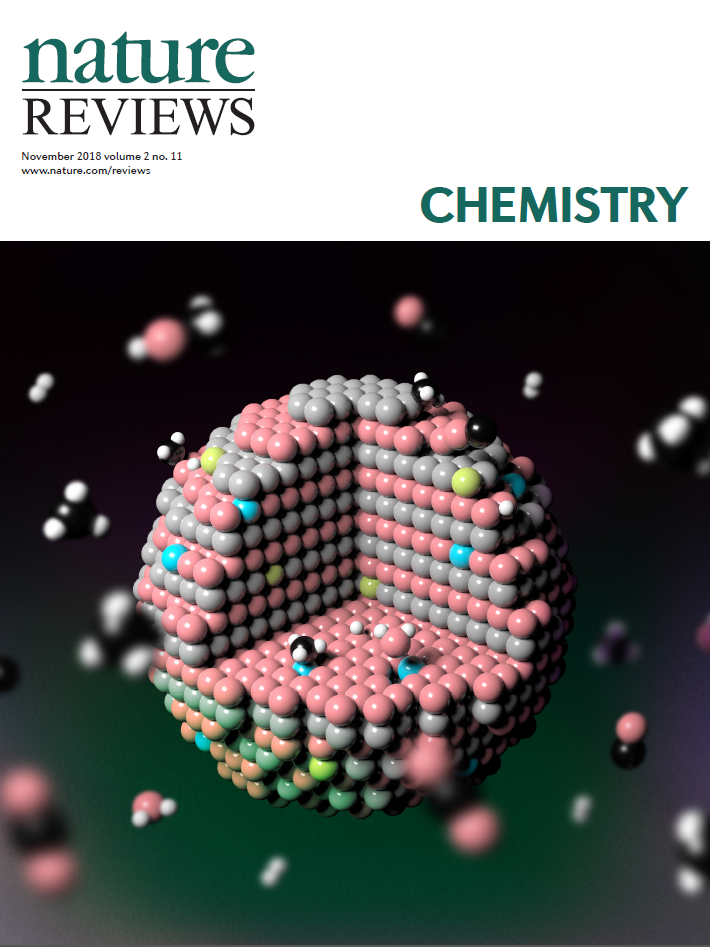Chemical looping technology is expected to be the "future star" of industrial development as it can help reduce waste gas emissions, lowering the cost of safe hydrogen preparation and increasing the efficiency of olefin production. Recently, Professor Gong Jinlong of Tianjin University was invited by the Chief Editor of Nature Reviews: Chemistry to co-write a review with Professor Fan Liangshi from Ohio State University in the US. This review describes the mechanisms by which oxygen carriers undergo redox reactions and how these carriers can be incorporated into robust chemical looping reactors.

Chemical looping technology is an emerging chemical reaction technique featuring high efficiency and low emission. It breaks down one reaction into two or more subreactions and through the reaction and regeneration of oxygen carrier intermediates, transfers materials and energies in a system. Chemical looping technology has unlimited potential in environmental protection, energy security and the chemical industry since it can be applied to carbon dioxide capture, hydrogen preparation, and olefins production.
Oxygen carriers are the key to chemical looping applications. It refers to metal oxides used in chemical looping technology, equivalent to a "catalyst" that directly affects the conversion rate of raw materials and product selectivity. Traditional "oxygen carriers" are slow in reaction and hard to control, which seriously influences the working efficiency and output quality of the chemical looping reaction device. Now, Gong Jinlong’s team proposed the idea of changing the surface structure and bulk structure of metal oxides. The activity of the oxygen carrier is improved by changing the surface structure of the metal oxides and the oxygen diffusion capacity is strengthened by transforming the bulk structure of the metal oxides. By this means, the raw material conversion rate and product selectivity can both be controlled, indicating a better way to utilize chemical looping technology.
Zeng Liang, one of Gong’s team members, said that “At present, the research team of Tianjin University has made great progress in mechanism research, oxygen carrier design, reactor engineering, etc. The related technologies have been amplified and tested in many well-known enterprises around the world. Hopefully, the achievements mentioned in this review will make the chemical looping technology a transformative technology for controlling carbon emissions and creating clean energy and chemicals in the future.
By Gong Yiwei, Rong Na
Editors: Eva Yin & Doris Harrington